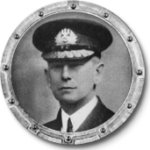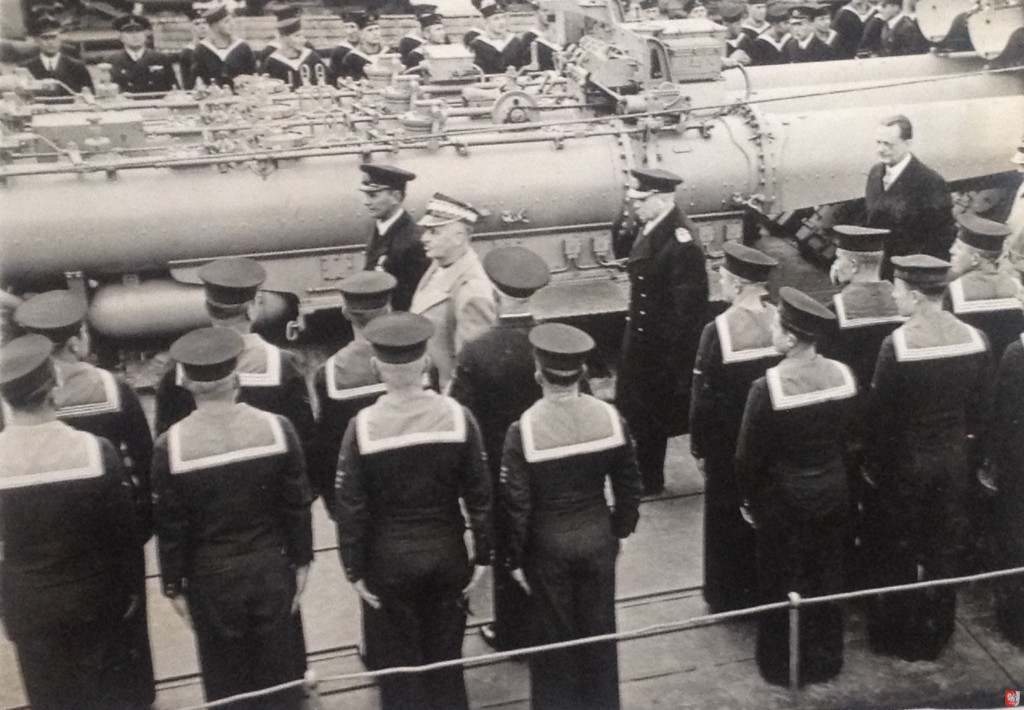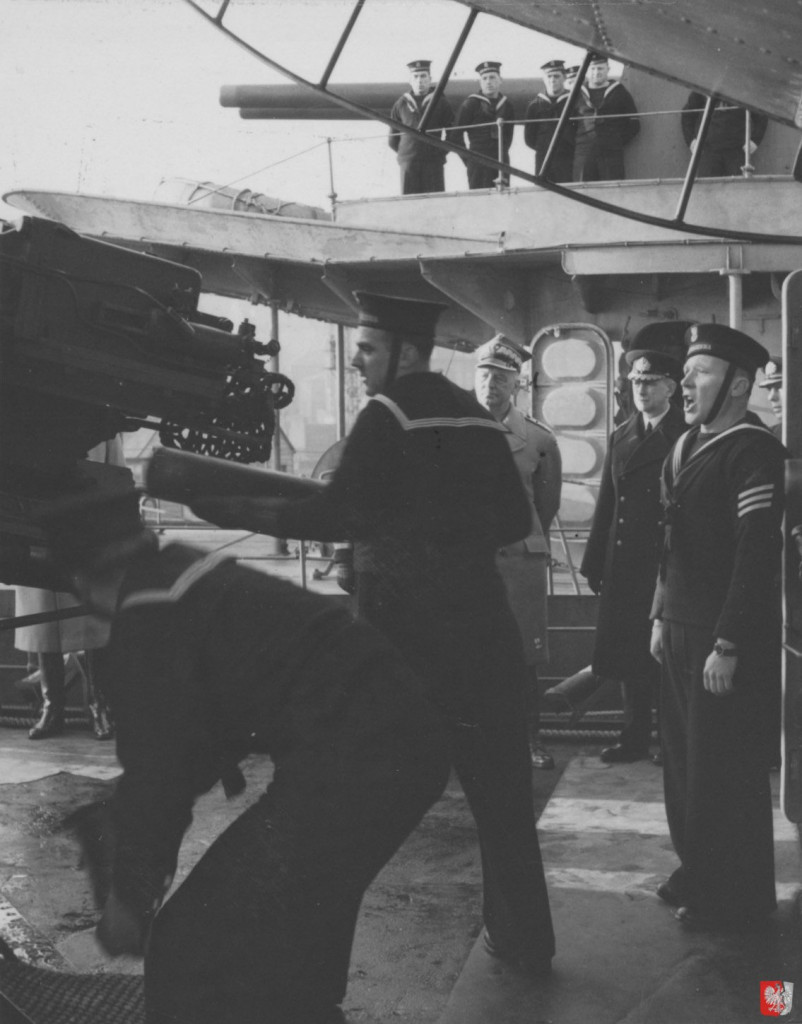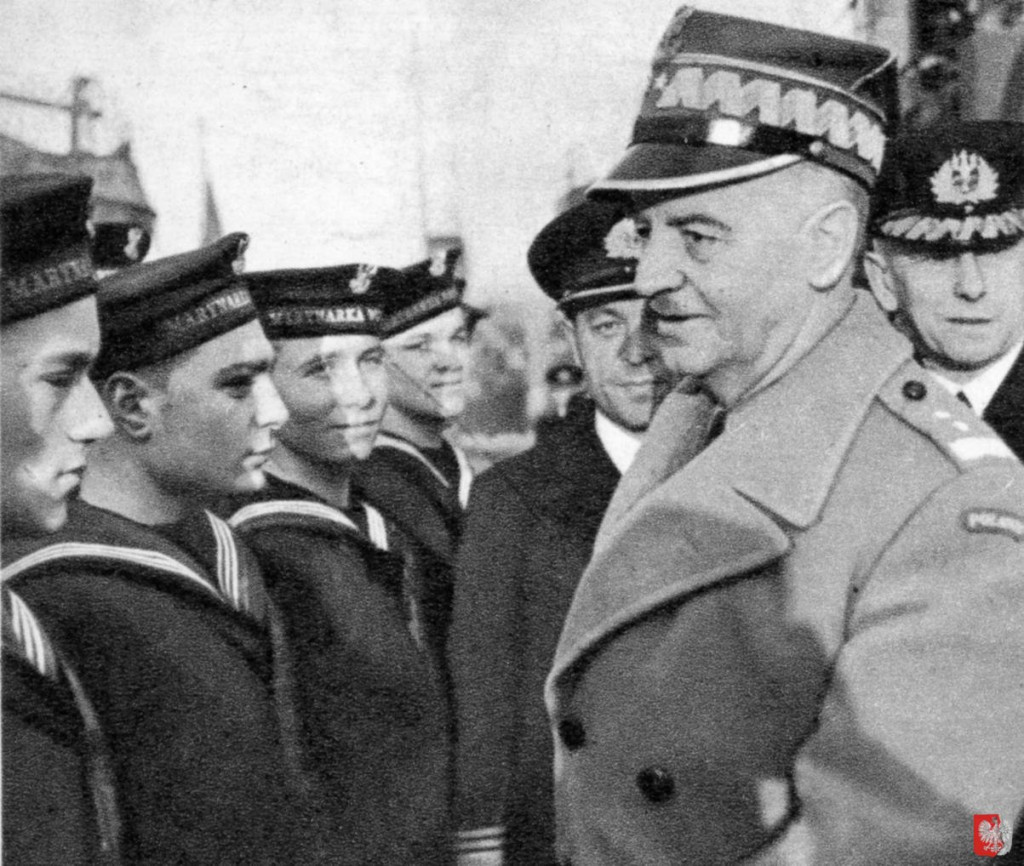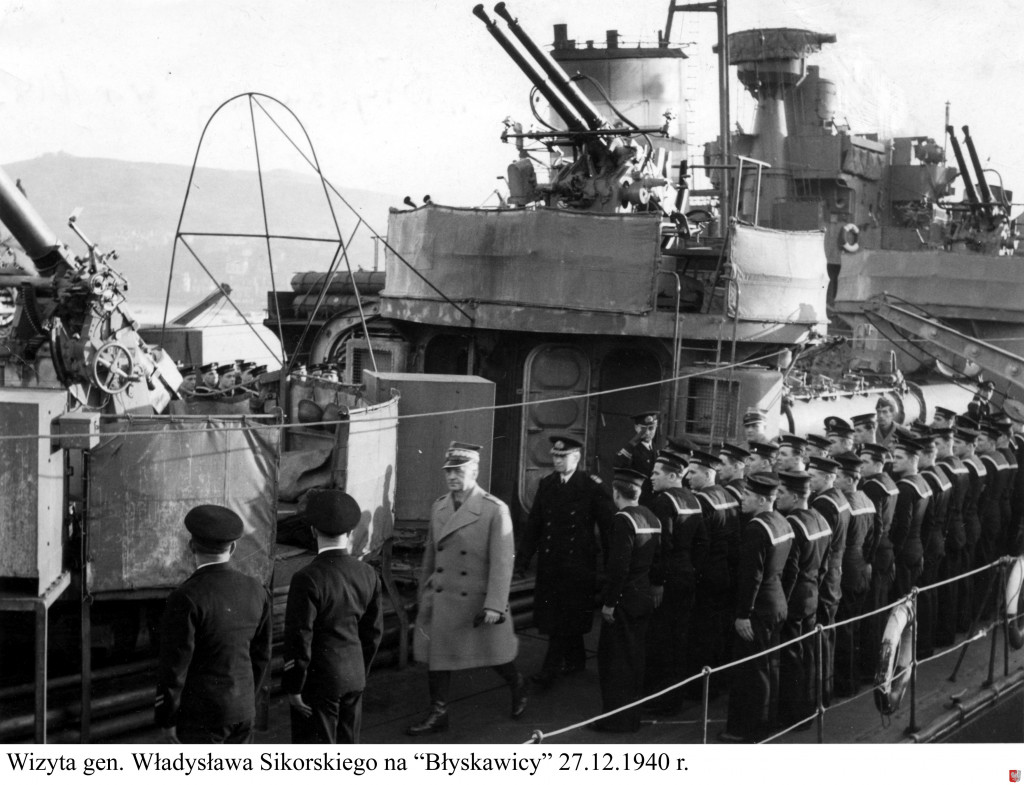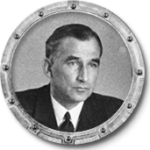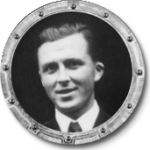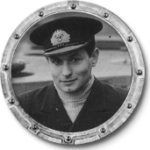
Polish Naval Memories of WWII
On 5th September 1939 Świrski and his staff left Warsaw for Pińsk but because of heavy bombing they left for Brody and later crossed the border at Kuty into Romania, arriving in Paris on 6th October. He reported to General Sikorski and presented him with guidelines relating to the task of the Polish Navy. These included the continuation of the Polish Navy as a political and naval force, including the merchant navy, collecting personnel, organizing military transport in France and consolidate finances. On 11th October Sikorski named Świrski as Chief of the Directorate of the Polish Navy. On 7th December 1939 Sikorski recognized the role played by the Polish Navy in the war and ordered that naval matters be concentrated under the command of the Polish Navy Chief, Jerzy Świrski, who from now on would be directly responsible to a minister for military affairs. This also meant that the Polish Navy was going to be independent of the Army for the first time.
Polish-British Naval Agreement
As early as 5th September 1939 the Polish naval command (KMW) had evacuated from the capital Warsaw. Some staff officers went west, others were ordered to Pińsk, HQ of the River Flotilla Command on the River Pripiat. Some officers and cadets did eventually escape but many were captured after the 17th September in Eastern Poland by the invading Soviet forces. Only two survived, but 59 died in the later Katyń Massacres.
On 18th November 1939 the British and Polish governments signed an Anglo-Polish naval agreement and protocol laying out how their forces would co-operate. In outline Polish vessels would operate embedded within the Royal Navy but under their own command and ship’s officers. A note dated 6th June 1940 stated that:
“A detachment of the Polish Navy, consisting at present of three destroyers, two submarines and a depot ship, is operating in conjunction with the Royal Navy. The depot ship ORP Gdynia is stationed at Plymouth; two of the destoyers, ORP Błyskawica and Burza form part of the 1st Destroyer Flotilla and the third ORP Garland will shortly join the Mediterranean, and the two submarines, ORP Orzeł and Wilk form part of the 2nd submarine Flotilla.”
Some points from the agreed articles were that, “The depot has been formed in ORP Gdynia. The entry of reserves will be limited to accommodation available in the depot ship. Apart from the training carried out in Gdynia specialised training is being given in the technical establishments at Devonport, Portland and Portsmouth.” Polish vessels would recieved duty-free mess and canteen stores in the same way as the RN. The Royal William Yard in Devonport would supply uniforms to the Polish design. The first officer cadet intake to the Gdynia were cadets from the training vessels Iskra and Wilja – 63 I all.
The Polish Navy, unlike their army and air-force, which were largely lost at home and then thrown into the battle for France in 1940 where again heavy casualties were suffered, initially had no shortage of manpower. Three destroyers, two submarines and two training ships, all fully manned, reached the UK. In addition Polish merchantmen contained reservists and other seamen who could be conscripted. The training ships contained officer instructors and young officer cadets. In all some 800 officers and other ranks commenced naval service based from the UK.
Early in 1940 the naval command, under Kontr-Admiral (Rear Admiral) Jerzy Świrski transferred from Paris to London. Two administrative divisions were created. The North Command was based in Greenock on the Firth of Clyde and the South Command was based in Devonport, Plymouth. Later on in the war a Mediterranean Command was formed, as by then the naval forces had expanded to over 3,000.
Source: ‘Poles Apart: Polish Naval Memories of World War Two’ by Martin Hazell
Source: ‘ORP Błyskawica of Cowes and Gdynia’ by Wanda Troman
